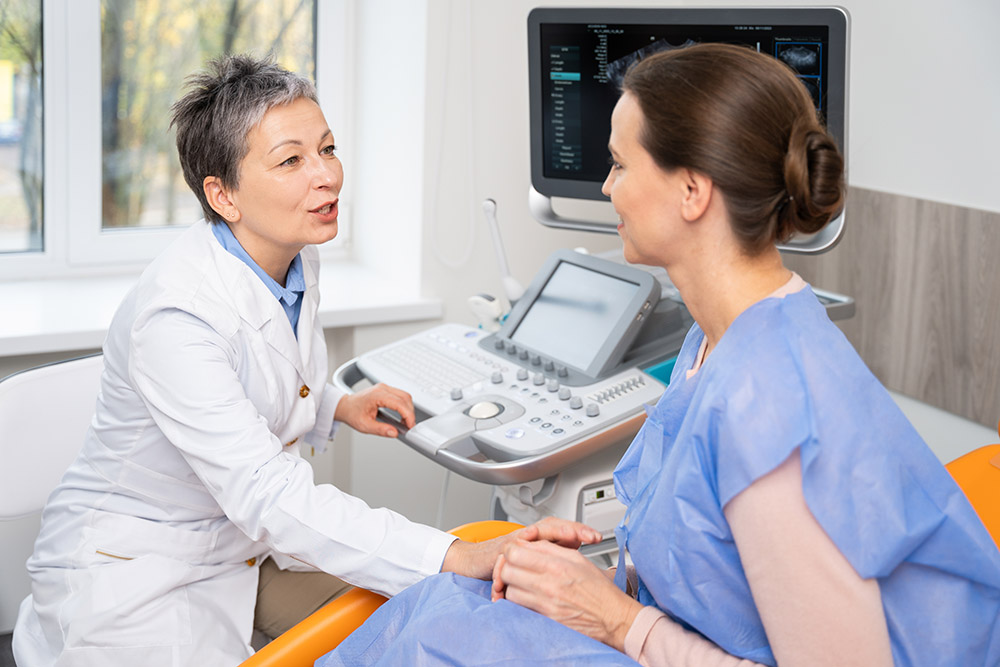What Is Lymphoma?
Lymphoma is a type of cancer that starts in your lymphatic system, which helps your body fight infections. It develops when white blood cells grow out of control in your lymph nodes or other lymphatic organs. The two main categories are Hodgkin lymphoma and non-Hodgkin lymphoma, the latter including B-cell lymphoma and cutaneous T-cell lymphoma (which begins in the skin).
Common Causes and Risk Factors
- A weak immune system (for example, due to HIV infection or immunosuppressive drugs after an organ transplant)
- A family history of lymphoma
- Exposure to certain chemicals, such as pesticides
- Older age (some lymphoma types occur more often later in life)
- Infection with specific viruses, such as Epstein-Barr virus
Signs and Symptoms
- Painless swelling of lymph nodes in the neck, armpits, or groin
- Night sweats or fevers that come and go
- Persistent fatigue or weakness
- Unexplained weight loss
- Itchy or red skin patches (particularly in cutaneous T-cell lymphoma)
- In women: lumps near the breast or swelling under the arm
How Dr. Nghia Nguyen Diagnoses?
Dr. Nguyen uses a step-by-step approach:
Medical History and Physical Exam
He reviews your pain onset, location, intensity, duration, triggers (like food or stress), past medical history, medications, and lifestyle factors.
Laboratory Tests
We check for H. pylori antibodies or stool antigen, liver function tests, pancreatic enzymes (amylase/lipase), CBC to rule out anemia or infection.
Imaging Studies
- Abdominal ultrasound to evaluate gallbladder, liver, pancreas, and biliary tree for stones, masses, or inflammation.
- CT scan of the abdomen for more detailed assessment of abdominal organs when ultrasound findings are inconclusive.
Upper Endoscopy (EGD)
Direct visualization of the esophagus, stomach, and duodenum to detect gastritis, peptic ulcers, hiatal hernia, or tumors; with biopsy if needed.
Advanced Testing (if needed)
pH monitoring or esophageal manometry for reflux disease; endoscopic ultrasound to further evaluate pancreas and biliary lesions.
Frequently Asked Questions
What are the first signs of lymphoma?
Swollen lymph nodes (often painless), night sweats, unexplained fevers, fatigue, and weight loss are common early indicators of lymphoma. If you experience any of these symptoms, Dr. Nguyen recommends a prompt evaluation.
What is cutaneous T-cell lymphoma?
Cutaneous T-cell lymphoma is a type of non-Hodgkin lymphoma that begins in the skin, causing persistent red or itchy patches that may resemble eczema or psoriasis.
How common is B-cell lymphoma?
B-cell lymphoma is the most frequent form of non-Hodgkin lymphoma, accounting for a large proportion of new lymphoma diagnoses each year.
What should women watch for?
Women should be alert to lumps near the breast, swelling under the arm, unexplained fevers, night sweats, or significant fatigue. Any persistent changes warrant further evaluation.
What happens in late-stage lymphoma?
In advanced lymphoma, symptoms can include severe fatigue, major weight loss, frequent infections, and potential organ dysfunction. Treatment plans are tailored to control disease and manage symptoms.
When should I see a doctor about swollen lymph nodes?
If lymph node swelling persists for more than two weeks or is accompanied by fever, night sweats, or unexplained weight loss, schedule an appointment with Dr. Nguyen for assessment.
Can I get help managing side effects?
Yes. At GastroDoxs, we offer nutritional support, counseling, pain management, and symptom relief strategies to help you stay strong and comfortable throughout your treatment.













